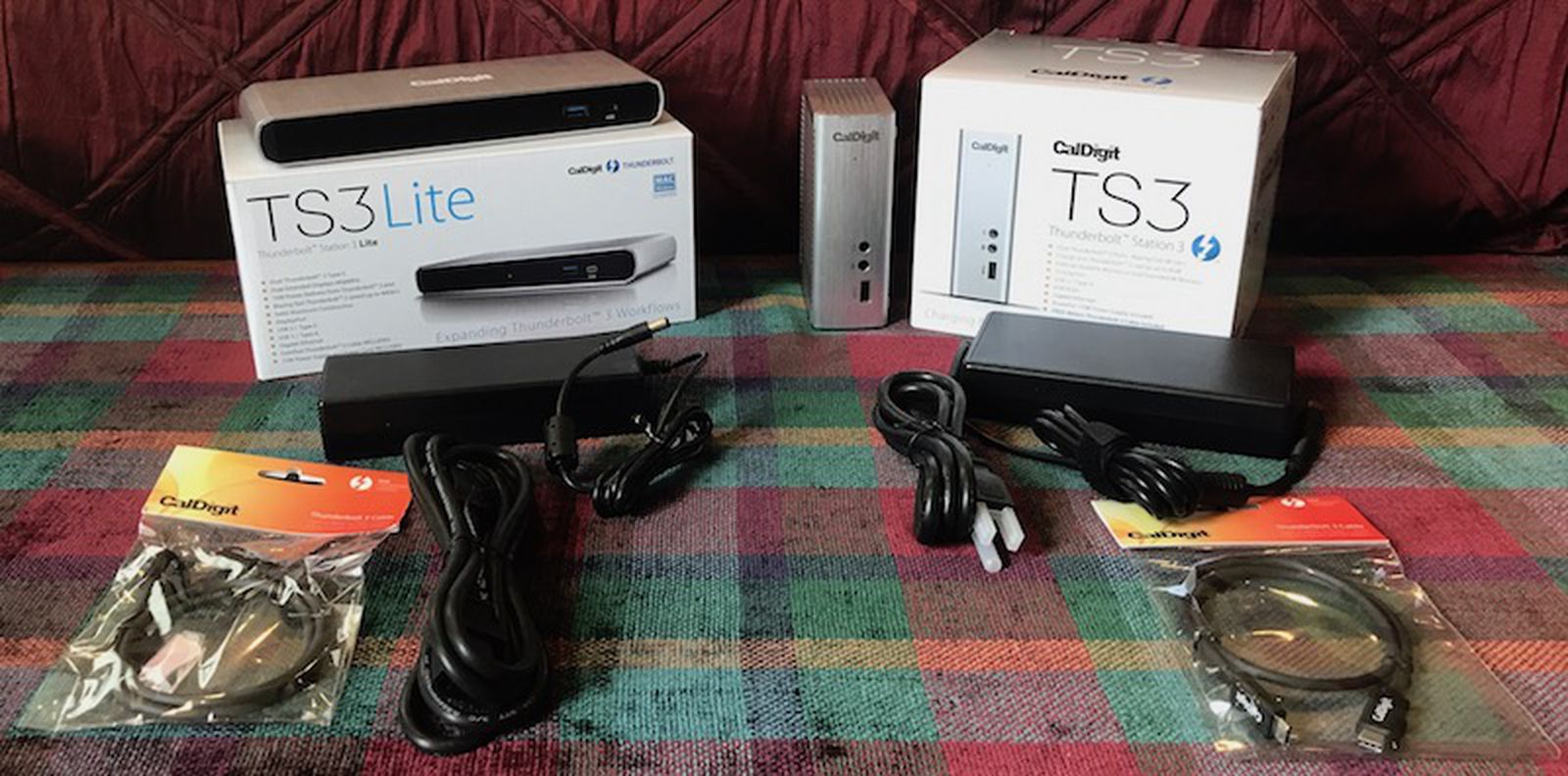There is only one thunderbolt port available. Is there a splitter or other solution to get a reasonable throughput from these two hard drives?
the usb ports are v 2 and too slow.
You can solve the drive issue as well as the slow USB2 port issue with a TB1/2 or TB3 dock.
Finding a TB1/2 dock might be difficult if you want it new, but there are most likely some on eBay.
A TB3 dock would be the fastest option for you, and you can find them new pretty easily, but this requires at least a TB1/2 cable and Apple's bidirectional adapter cable. Only Apple makes the bidirectional adapter cable, and it is $50, new.
There are some other solutions, but unless you already own the equipment, I wouldn't recommend them compared to the above.
You can find TB1/2 to eSATA adapters, as well as TB1/2 to USB3 adapters. LaCie makes a TB1/2 adapter with two eSATA ports, and an extra TB port for daisy chaining.
Kanex makes a few adapters for TB1/2, some are TB1/2 to USB3, some are TB1/2 to eSATA, and they also make one that has both USB3 and eSATA.
Sonnet makes some adapters as well. They also have TB1/2 to PCIe adapters which gives you even more options.
That said, a simple TB1/2 or a slightly more complex TB3 dock solution is really all you need. Many of them contain both USB3 and eSATA, so if you were going to spend the money for a device, you might as well just get a dock rather than an adapter with just USB3 or just eSATA, or even both.
I have the TB1 CalDigit CTS-60, and it works great, plus you can find it for really cheap on eBay (for less than Apple bidirectional adapter):
Buy CalDigit CTS-US-60 Thunderbolt Station with fast shipping and top-rated customer service. Once you know, you Newegg!

www.newegg.com
The CalDigit Thunderbolt Station 2 is faster than the CTS-60, and can be found new, but more expensive:
Buy CalDigit CTS-US-60 Thunderbolt Station with fast shipping and top-rated customer service. Once you know, you Newegg!

www.newegg.com
I have the CalDigit Thunderbolt Station 3 lite, it works great on older Macs with only TB1 or TB2 using Apple's bidirectional adapter. I got it used on eBay maybe 5 years ago for a decent price a lot with Apple's bidirectional adapter for a good price, so you can find deals for these:
While Apple's latest MacBook Pro with support for Thunderbolt 3 has been out for over six months, the first full-featured Thunderbolt 3 docks are...

www.macrumors.com
BTW, when I was shopping around for a TB3 dock to use on my older Macs, I wanted to get the non-lite version of the CalDigit Thunderbolt Station 3, but they were really expensive at the time. There are a lot more and cheaper options for TB3 docks, now.
If you are looking for a cheap solution and don't mind buying used, the CTS-60 would probably be your best bet.



